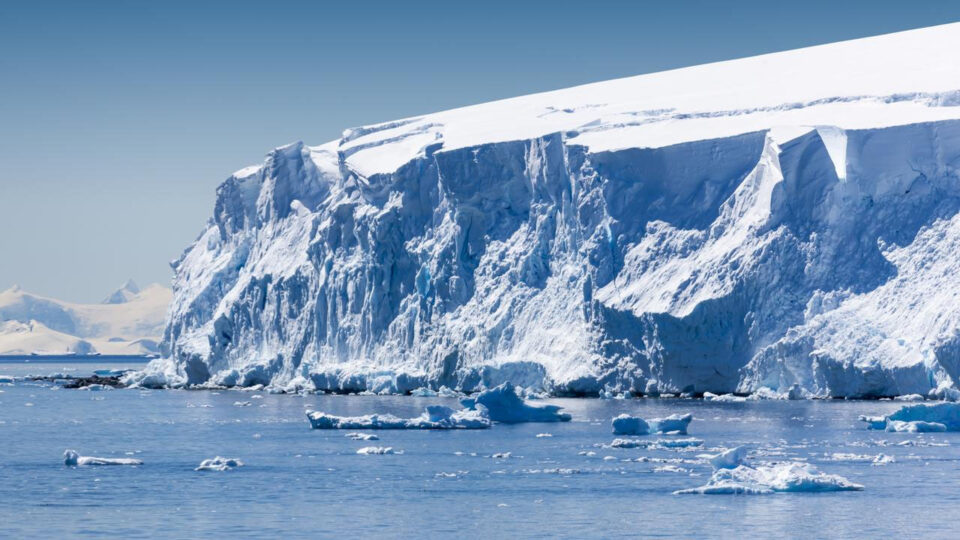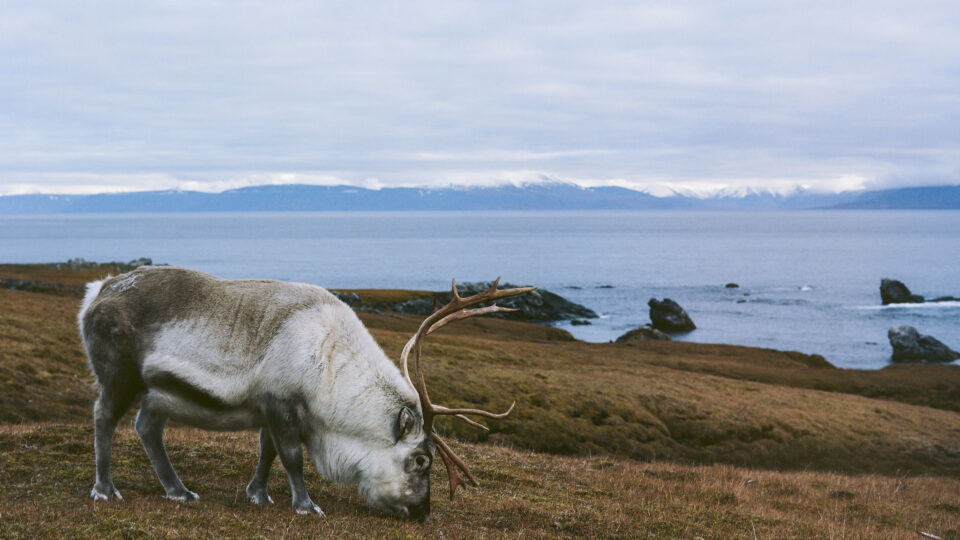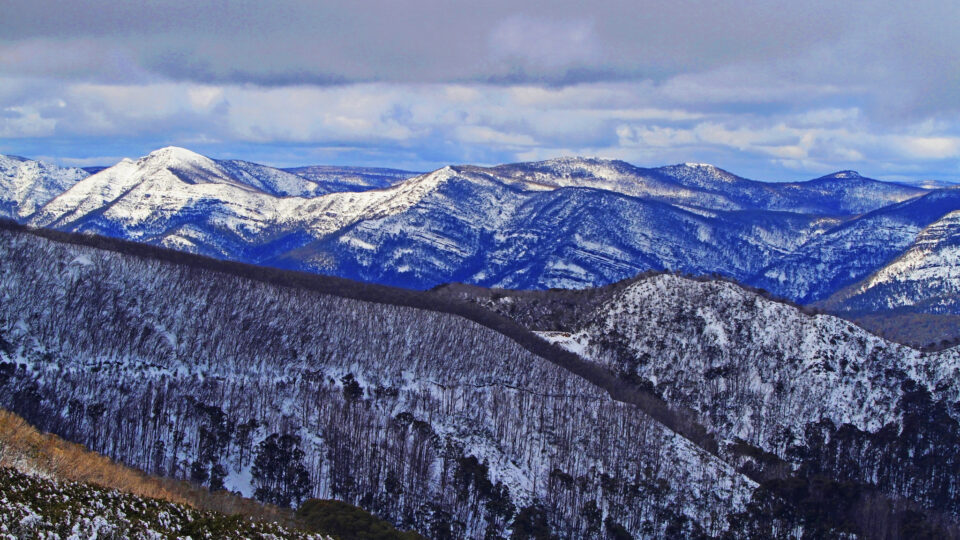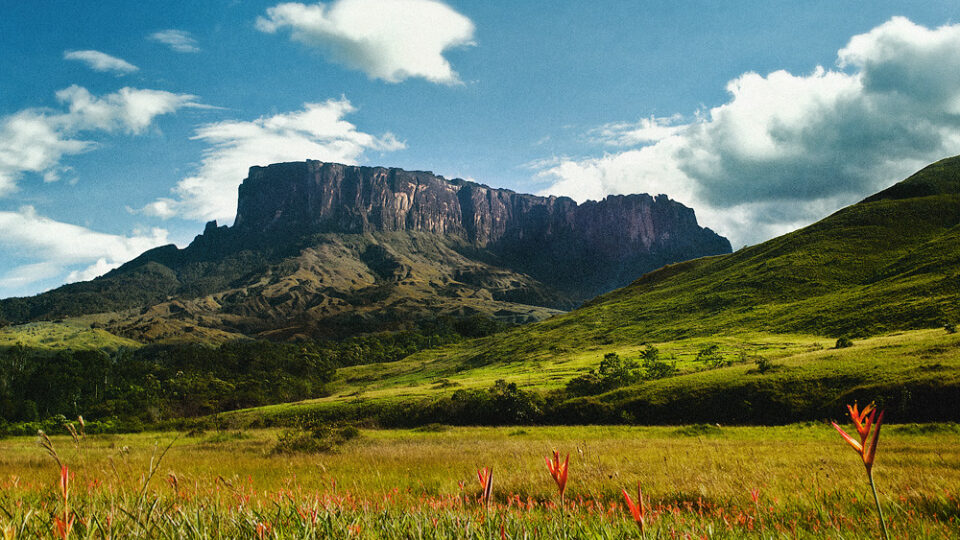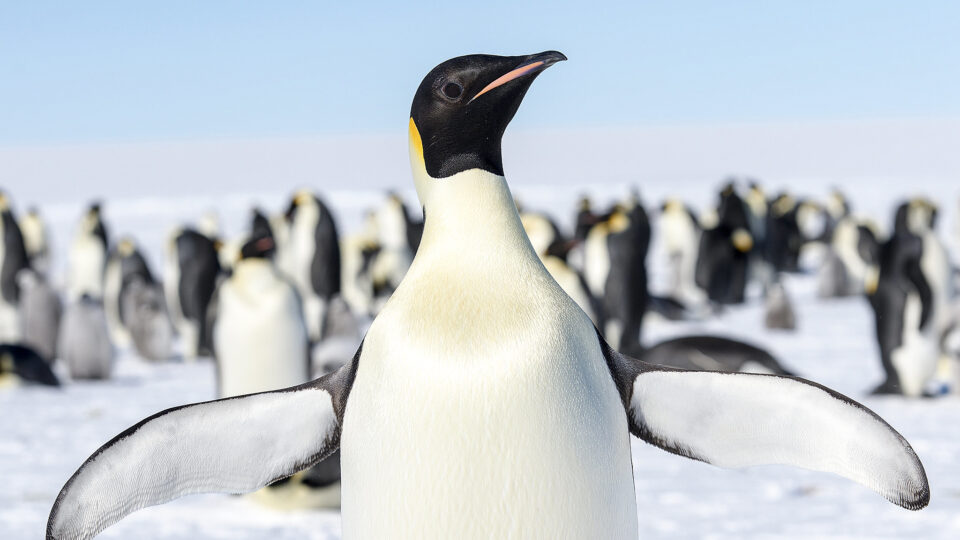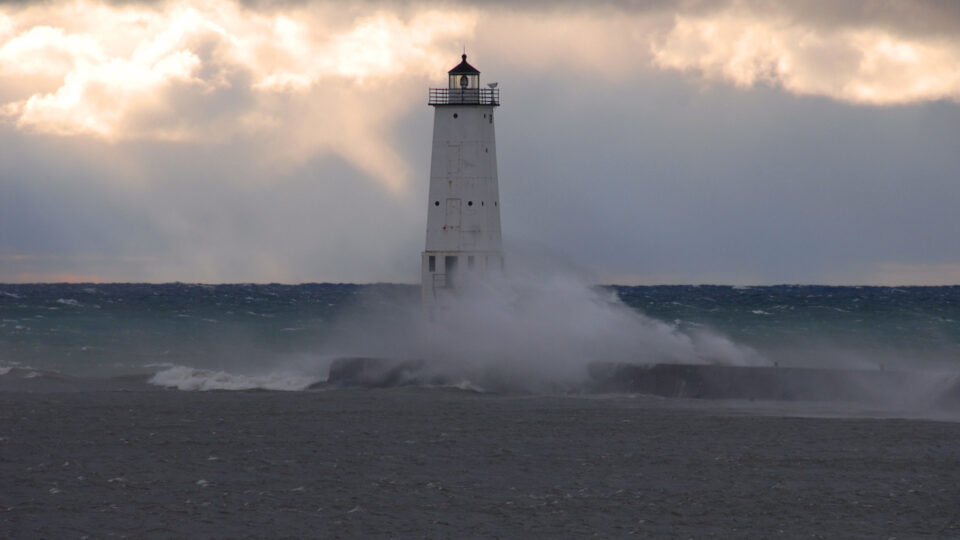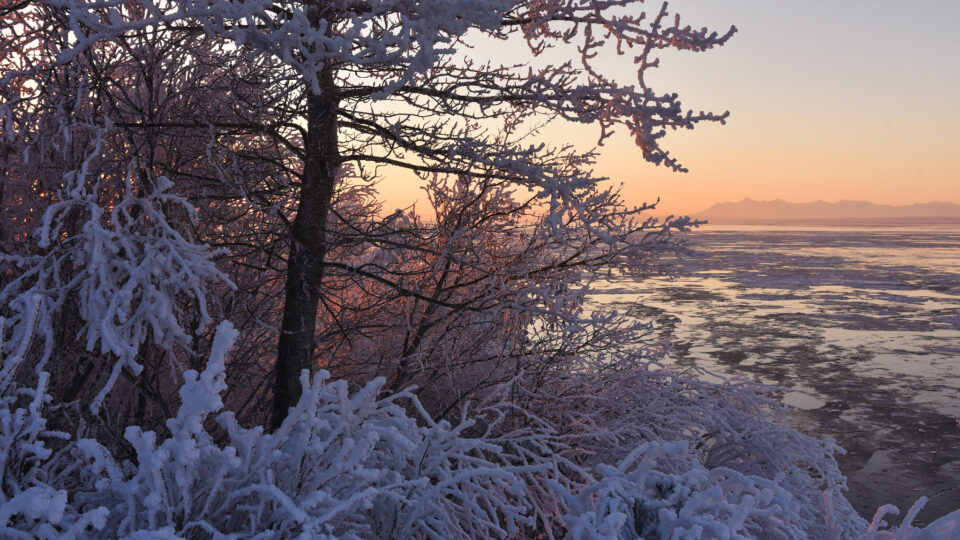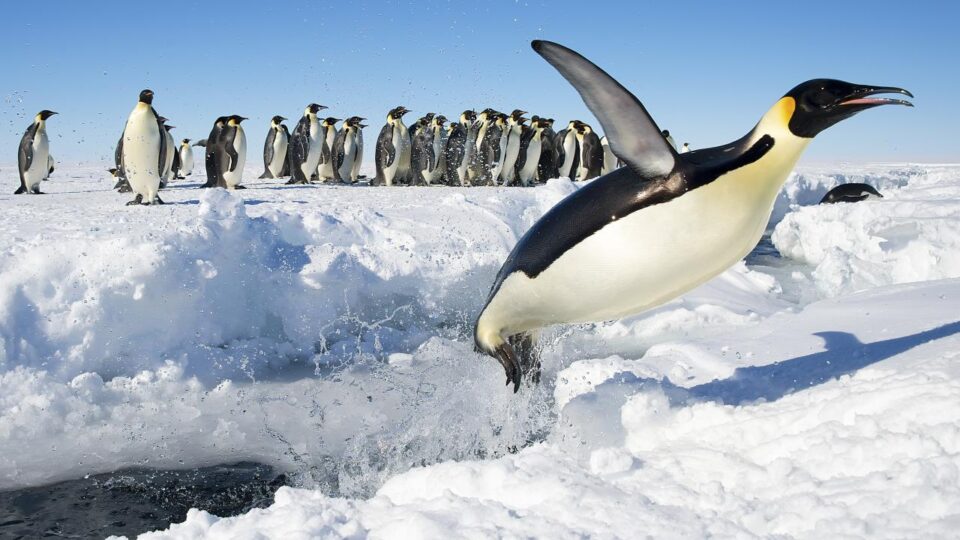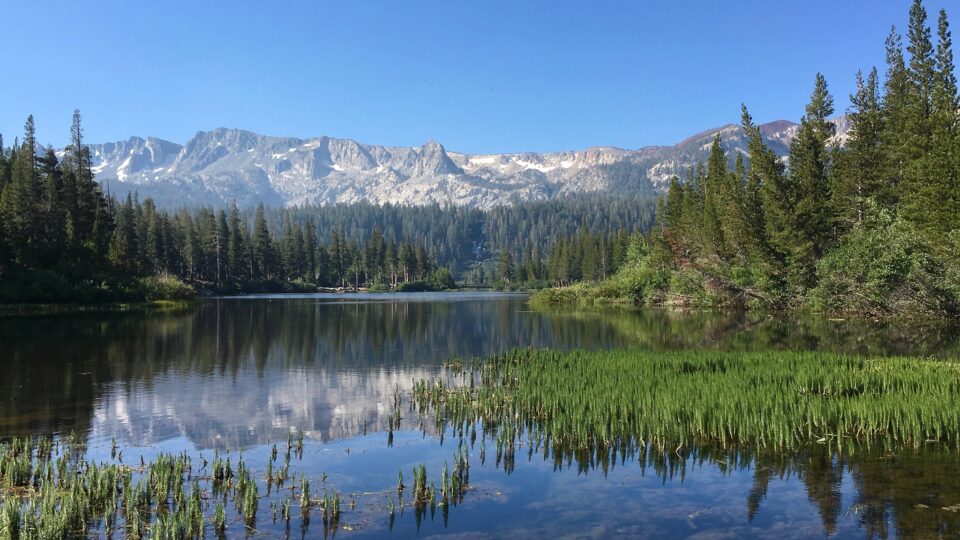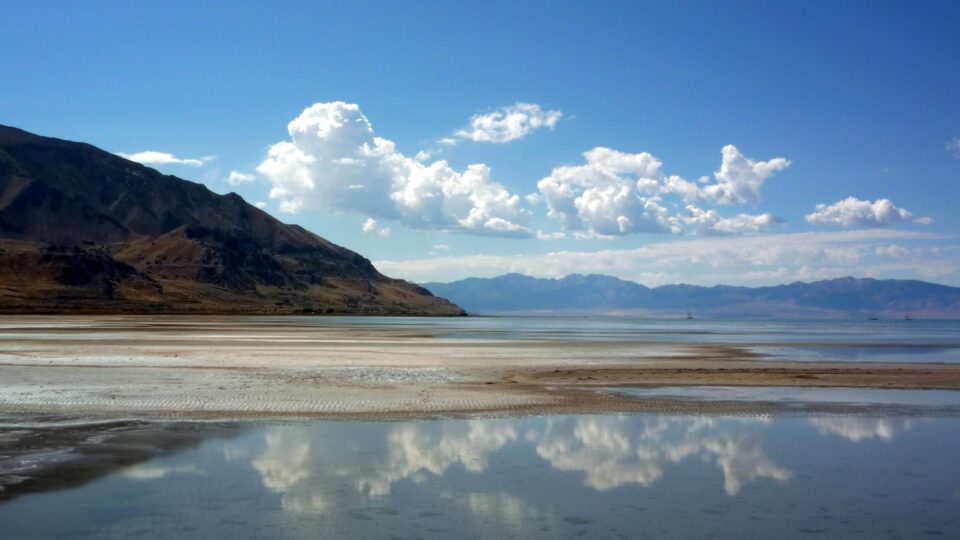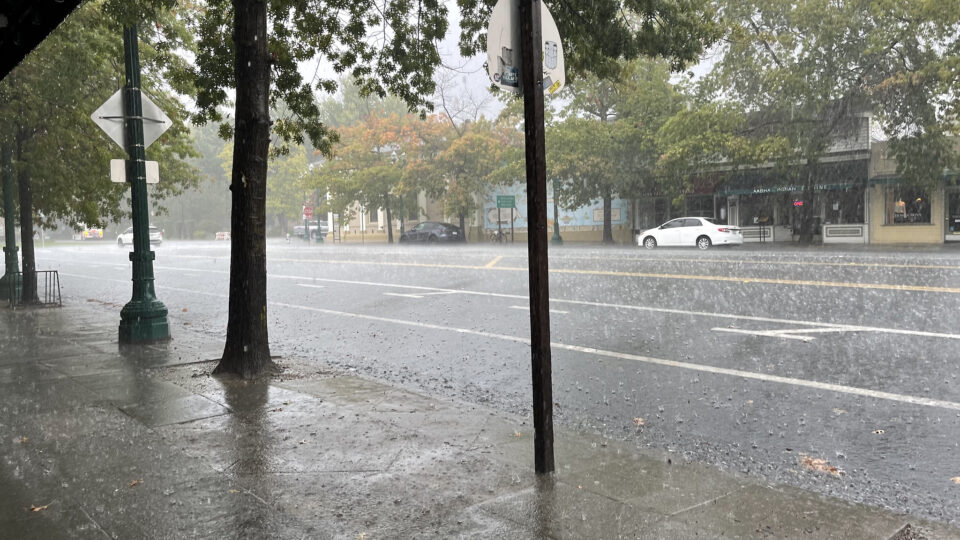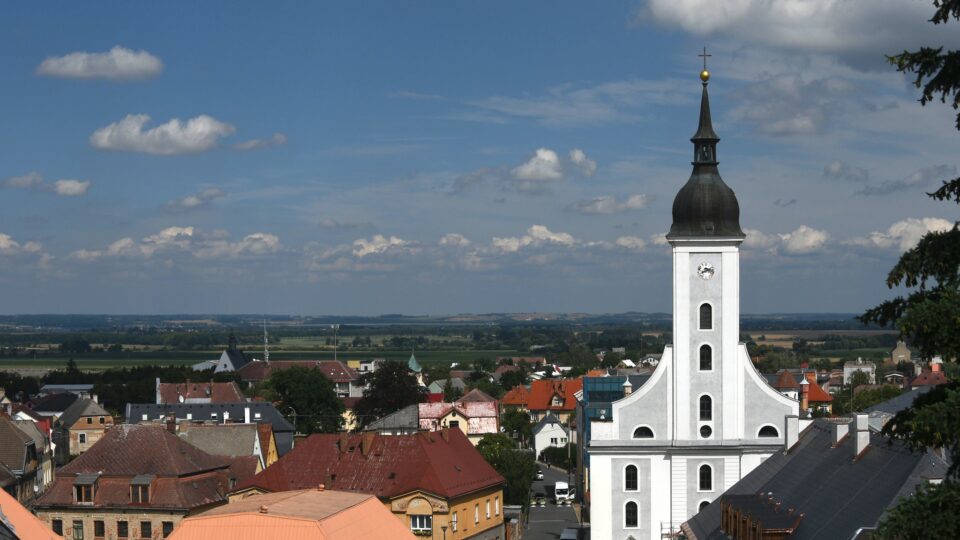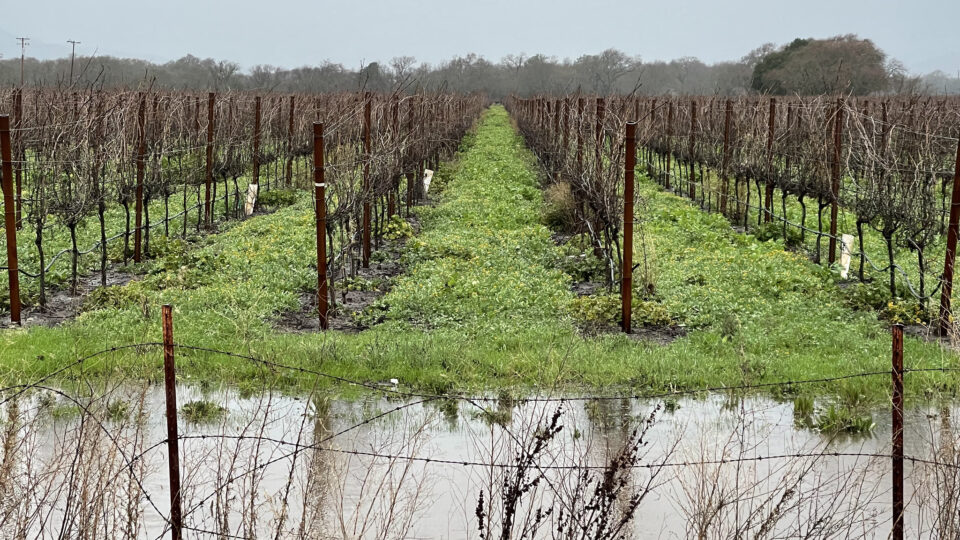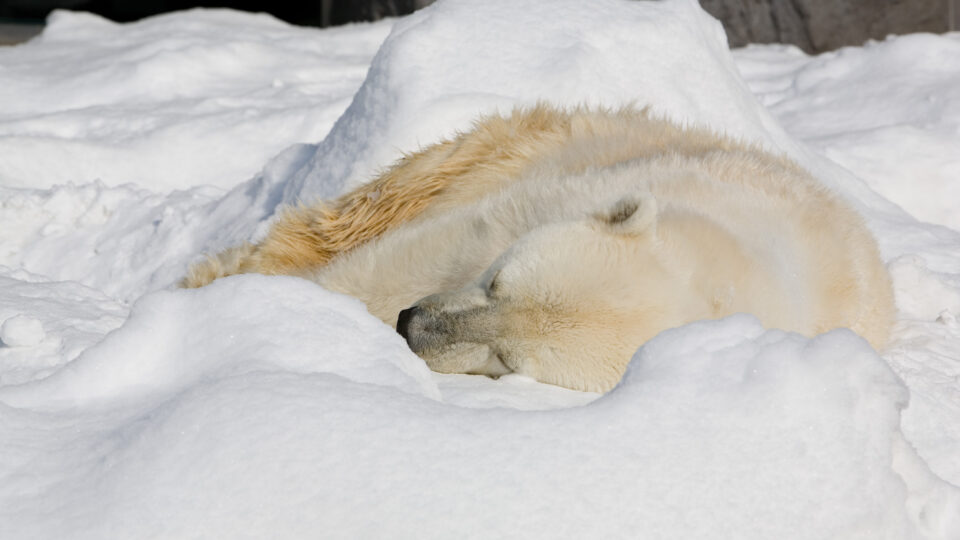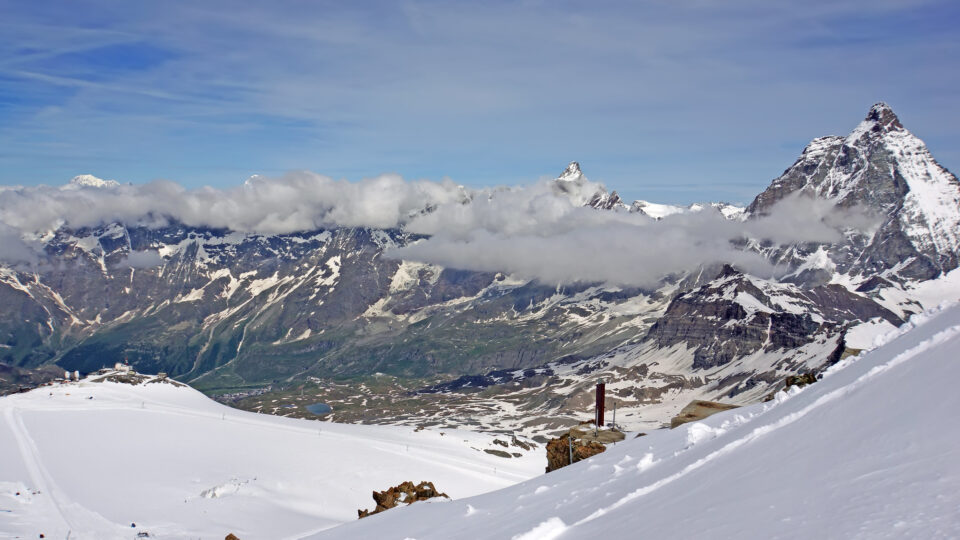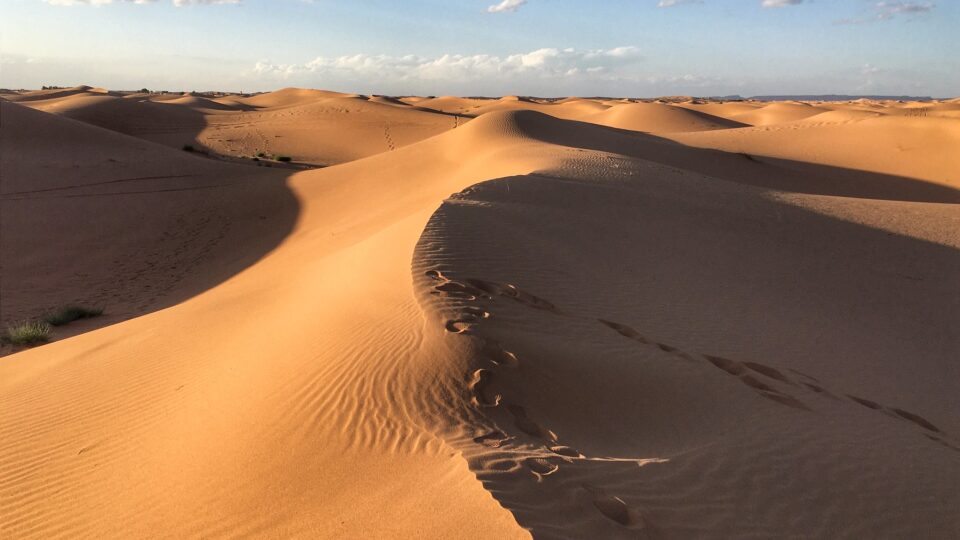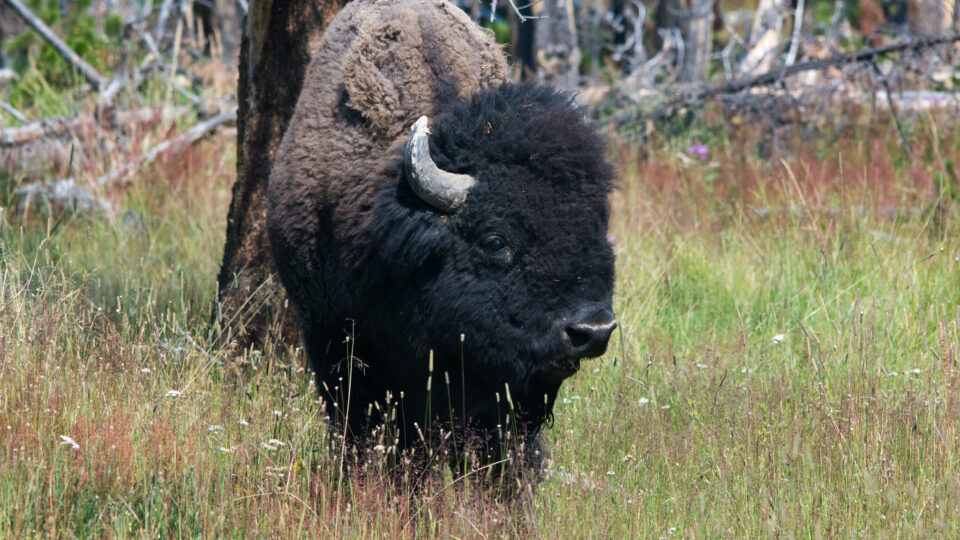The Thwaites Glacier is an enormous Antarctic Glacier. Its area is larger than that of Florida – in fact, larger than 30 other U.S. states – and it is melting. It has been retreating for 80 years but has accelerated its pace in the past 30. Its shedding of ice into the ocean already contributes 4% of global sea level rise. If it collapsed entirely, it would raise sea levels by more than 2 feet. For this reason, it has been dubbed the Doomsday Glacier.
A team of scientists has been studying it since 2018 in order to better understand what is happening within the glacier. They sent a torpedo-shaped robot to the glacier’s grounding line, which is the point at which the ice rises up from the seabed and starts to float. The underside of Thwaites is insulated by a thin layer of cold water. However, at the grounding line, tidal action is pumping warmer sea water at high pressure as far as six miles under the ice. This is disrupting the insulating layer and is speeding up the retreat of the glacier.
The potential collapse of the glacier is not even the only massive risk it poses. It also acts like a cork, holding back the vast Antarctic ice sheet. If that ice sheet were ever to collapse, sea levels could rise 10 feet.
A critical unanswered question is whether the ultimate collapse of Thwaites Glacier is already irreversible. There are regular heavy snowfalls that occur in the Antarctic which help replenish ice loss. Whether nations’ progress in slowing climate change can change the balance between ice accumulation and ice loss on the glacier remains to be seen.
**********
Web Links
‘Doomsday’ glacier set to melt faster and swell seas as world heats up, say scientists
Photo, posted January 3, 2022, courtesy of Felton Davis via Flickr.
Earth Wise is a production of WAMC Northeast Public Radio
